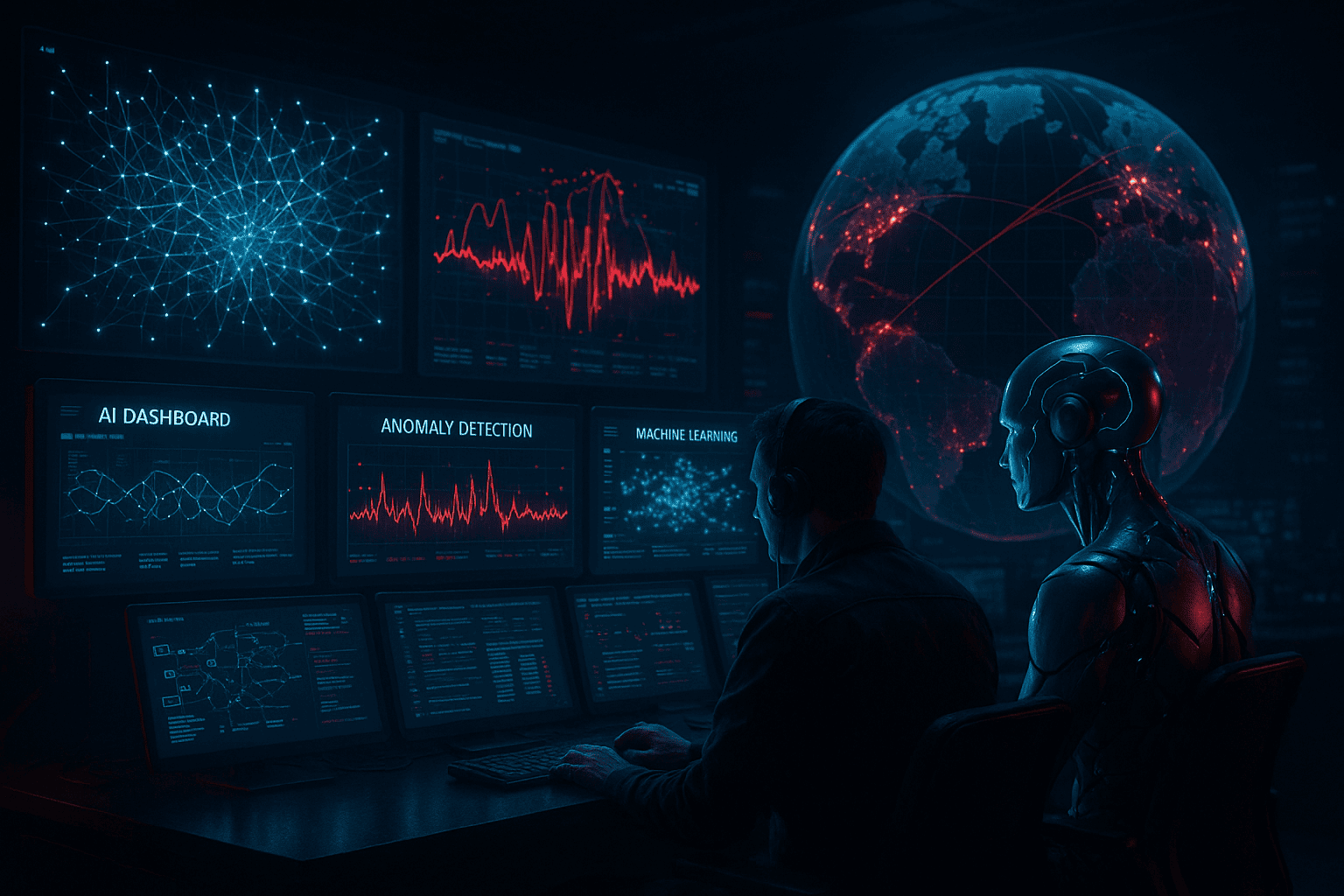In today’s hyperconnected digital landscape, cybersecurity has become one of the most pressing concerns for individuals, organizations, and governments. Traditional defense systems, while essential, are no longer sufficient to keep up with the rapidly evolving and increasingly sophisticated cyber threats. This is where Machine Learning (ML) steps in as a game-changer — offering intelligent, adaptive, and proactive security solutions.
🚨 The Problem with Traditional Security Approaches
Signature-based and rule-based systems are still widely used in cybersecurity. While effective against known threats, they struggle to:
- Detect zero-day attacks
- Handle large volumes of data
- Identify behavioral anomalies
- Adapt to new threat vectors
These limitations have paved the way for Machine Learning, which thrives on pattern recognition and anomaly detection in large datasets.
🧠 Why Use ML in Cybersecurity?
1. Anomaly Detection
ML models can learn the normal behavior of systems, users, or network traffic and flag anything that deviates from that norm. This makes them especially powerful for identifying:
- Unauthorized logins
- Abnormal file transfers
- Insider threats
- Suspicious IP addresses
2. Threat Intelligence
By training on vast datasets of known malware, phishing attempts, and attack patterns, ML can predict and prevent attacks before they happen.
3. Automated Incident Response
ML helps reduce the response time by automating detection and even suggesting mitigation steps. This minimizes manual effort and speeds up remediation.
4. Behavioral Analysis
ML monitors user behavior and can detect subtle changes that might indicate a compromised account or insider threat.
🛠️ Key ML Techniques Used
| Technique | Application |
|---|---|
| Supervised Learning | Malware detection, spam filtering |
| Unsupervised Learning | Anomaly detection, insider threat analysis |
| Reinforcement Learning | Adaptive defense systems, real-time response |
| NLP (Natural Language Processing) | Email phishing detection, dark web monitoring |
🌐 Real-World Applications
- Netflix & AWS: Use ML to monitor traffic for anomalies and suspicious behavior.
- Darktrace: A cybersecurity company leveraging unsupervised learning for self-learning threat detection.
- Google Chronicle: Uses big data and ML to detect threats across enterprise infrastructures.
⚖️ Challenges
- Data quality and imbalance (few positive examples of attacks)
- False positives causing alert fatigue
- Evolving threat landscape
- Model explainability, especially in regulated industries
Despite these challenges, ongoing improvements in Explainable AI (XAI) and hybrid security models are closing the gap between theory and effective implementation.
🌟 The Future: AI-Driven Cyber Defense
As attacks become faster and more covert, AI-powered cybersecurity will be essential. Future systems will:
- Detect attacks before they happen
- Learn from global threat trends in real-time
- Collaborate across industries to provide shared intelligence
With the fusion of ML, edge computing, and blockchain, we’re entering a new era of digital trust and resilience.


